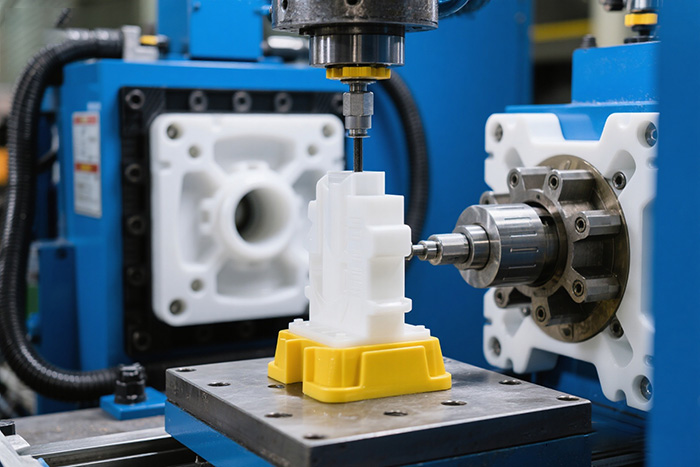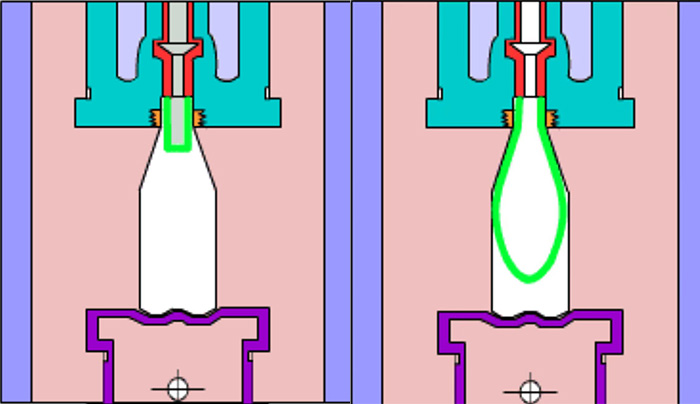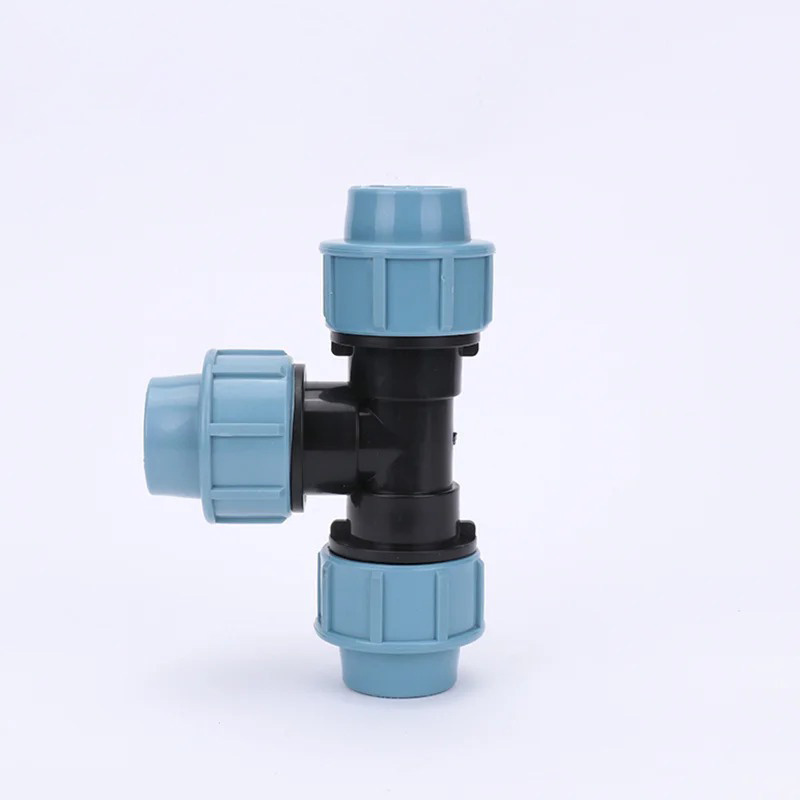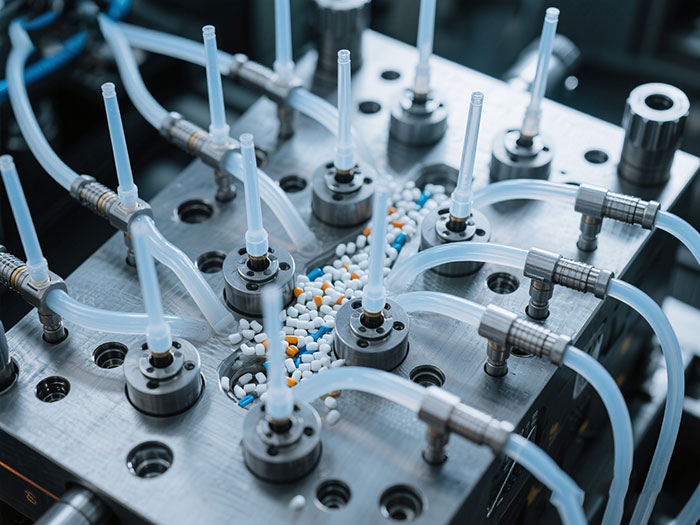Hydraulic Valve Gates: A Key Innovation for High-Quality Injection Molding
2024-12-19
Injection molding is the process of injecting molten plastic into molds to manufacture a wide variety of parts and products. It is widely used across industries such as automotive, electronics, medical, consumer goods, and more.
The precision and efficiency of injection molding are critical, as they enable the mass production of parts with accurate dimensions and complex geometries. Consistent quality of molded components is essential for product performance and customer satisfaction.
Today, injection molding techniques have become increasingly advanced, allowing for the precise and efficient production of diverse plastic components and products. A key element in the injection molding process is the hydraulic valve gate controller, which regulates the opening and closing of mold gates. Selecting the appropriate hydraulic valve gate controller is crucial for achieving optimal results in specific applications.
1. What is Hydraulic Valve Gates?
Hydraulic valve gates are components in a hot runner system of an injection molding machine that control the flow of molten plastic into the mold cavity. They are operated using hydraulic cylinders, which provide the force required to open or close the gate. This precise control enables manufacturers to produce high-quality, complex plastic parts efficiently.
2. Benefits of Injection Molding Hydraulic Valve Gates
Hydraulic valve gates provide numerous benefits in injection molding, particularly in improving part quality, efficiency.
* Enhanced Product Quality
Precise Control: Hydraulic valve gates offer accurate control over the timing of gate opening and closing, ensuring uniform filling of mold cavities.
Improved Surface Finish: By eliminating gate marks and reducing flow lines or weld lines, they produce aesthetically superior parts.
Reduced Defects: Prevents issues like sink marks, flashing, or overfilling.
* Increased Efficiency
Faster Cycle Times: Hydraulic systems operate quickly and reliably, reducing overall cycle times for high-volume production.
Material Savings: Optimized gate control minimizes excess material usage, reducing waste.
Reduced Downtime: Durable and robust hydraulic systems are less prone to wear, leading to fewer maintenance interruptions.
* Versatility
Complex Parts: Enables the molding of intricate and geometrically challenging designs with uniform quality.
Large-Scale Production: Suitable for both large parts and multi-cavity molds, ensuring consistent performance across all cavities.
Application Flexibility: Can handle a wide range of materials and part sizes, making it ideal for diverse industries.
* Better Process Control
Sequential Filling: Hydraulic valve gates allow sequential opening and closing of gates, ensuring balanced cavity filling for multi-gate molds.
Minimized Stress: Prevents material stress and warping by controlling the flow and pressure of molten plastic.
Advanced Integration: Can be integrated with control systems for automated or programmable operations.
* Cost-Effectiveness
Reduced Post-Processing: The elimination of gate marks and defects minimizes the need for additional finishing processes.
Longevity: Hydraulic valve gates are designed for high durability, lowering long-term operational costs.
* Application-Specific Customization
Tailored Solutions: Hydraulic valve gates can be customized to fit specific mold designs or production requirements.
High Force Capability: Ideal for applications requiring significant pressure, such as automotive or large-part production.
3. How to choose the right Hydraulic Valve Gates
Choosing the right hydraulic valve gates for your injection molding application requires careful evaluation of several factors. The correct selection ensures optimal performance, part quality, and operational efficiency.
* Understand the Application Requirements
Part Size and Geometry: For large or complex parts, choose hydraulic valve gates capable of handling high pressures and precise control. Ensure gates are designed to reduce visible defects and accommodate intricate designs.
Material Properties: Consider the type of plastic being molded (e.g., viscosity, flow characteristics, abrasiveness, or corrosiveness). Use wear-resistant or temperature-tolerant gate materials for abrasive or high-temperature resins.
Aesthetic and Functional Needs: Prioritize gates that minimize gate vestiges or marks for parts with high aesthetic requirements. Ensure gate placement and operation do not compromise part functionality.
* Evaluate Mold Design
Number of Cavities: Multi-cavity molds may require synchronized or sequential valve gating to ensure balanced filling.
Gate Placement: Select valve gates that allow strategic placement to avoid weld lines, flow marks, or weak points.
Flow Balancing: Consider systems that support balanced flow distribution for consistent part quality.
* Assess Hydraulic System Requirements
Force and Pressure Needs: Ensure the hydraulic valve gates provide sufficient force to control flow at the desired injection pressure.
Cylinder Placement: Choose compact systems if mold space is limited. Position hydraulic cylinders in areas with minimal heat exposure.
System Compatibility: Ensure the hydraulic valve gates are compatible with the existing hot runner and hydraulic circuits.
* Consider Operational Features
Timing and Control: Look for valve gates with advanced timing control to enable precise gate opening and closing. Sequential valve gates are ideal for complex parts requiring staged filling.
Maintenance Requirements: Choose durable systems that minimize maintenance needs and downtime. Select designs that allow easy disassembly and replacement of components.
Cycle Time Efficiency: Opt for gates that contribute to shorter cycle times without compromising part quality.
* Match the Valve Gate to the Molded Part
Aesthetic Requirements: For visible parts, prioritize hydraulic valve gates that minimize gate marks and provide smooth finishes.
Strength and Structural Integrity: Ensure valve gates support uniform cavity filling to avoid internal stresses or weak spots in the part.
Size of the Part: Use multi-pin or high-force hydraulic valve gates for large or thick-walled parts.
* Consult with Suppliers and Use Simulation Tools
Supplier Expertise: Work with reputable suppliers who can provide customized solutions and support.
Simulation Software: Use mold flow analysis tools to predict material flow and optimize gate placement and type.
Prototype Testing: Where feasible, test valve gates in prototype molds to validate performance before full-scale production.
* Consider Budget and ROI
Initial Cost: Choose a solution that fits your budget while meeting quality and operational needs.
Long-Term Efficiency: Evaluate durability, maintenance costs, and impact on cycle times to ensure a good return on investment.
Scalability: Invest in flexible systems that allow upgrades or adjustments for future production needs.
By aligning the valve gate type and features with your application’s requirements, you can achieve superior part quality, efficient operation, and cost-effective production.
Conclusion
Hydraulic valve gates have revolutionized injection molding by providing precise control over the molding process, ensuring consistent product quality, and optimizing operational efficiency. Their ability to handle complex designs, support large-scale production, and adapt to diverse materials makes them an indispensable tool in modern manufacturing. By leveraging the advantages of hydraulic valve gates, manufacturers can meet the evolving demands of various industries, achieve superior performance, and maintain a competitive edge in producing high-quality plastic components.





